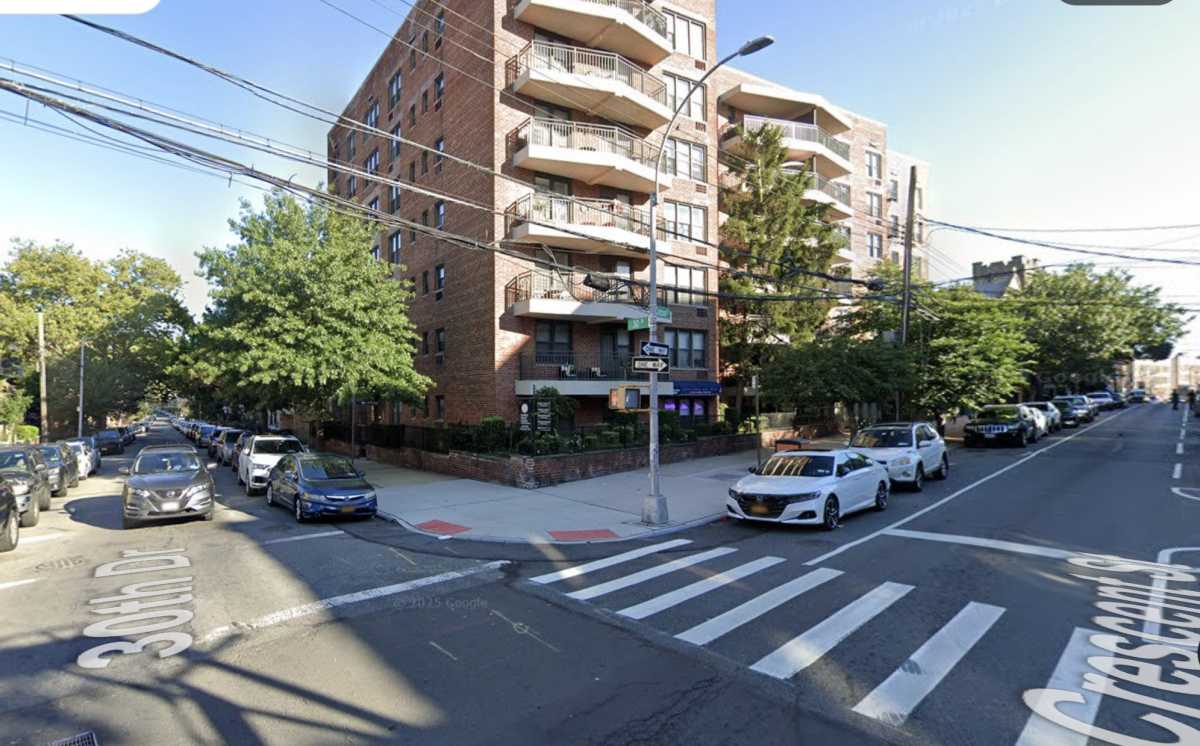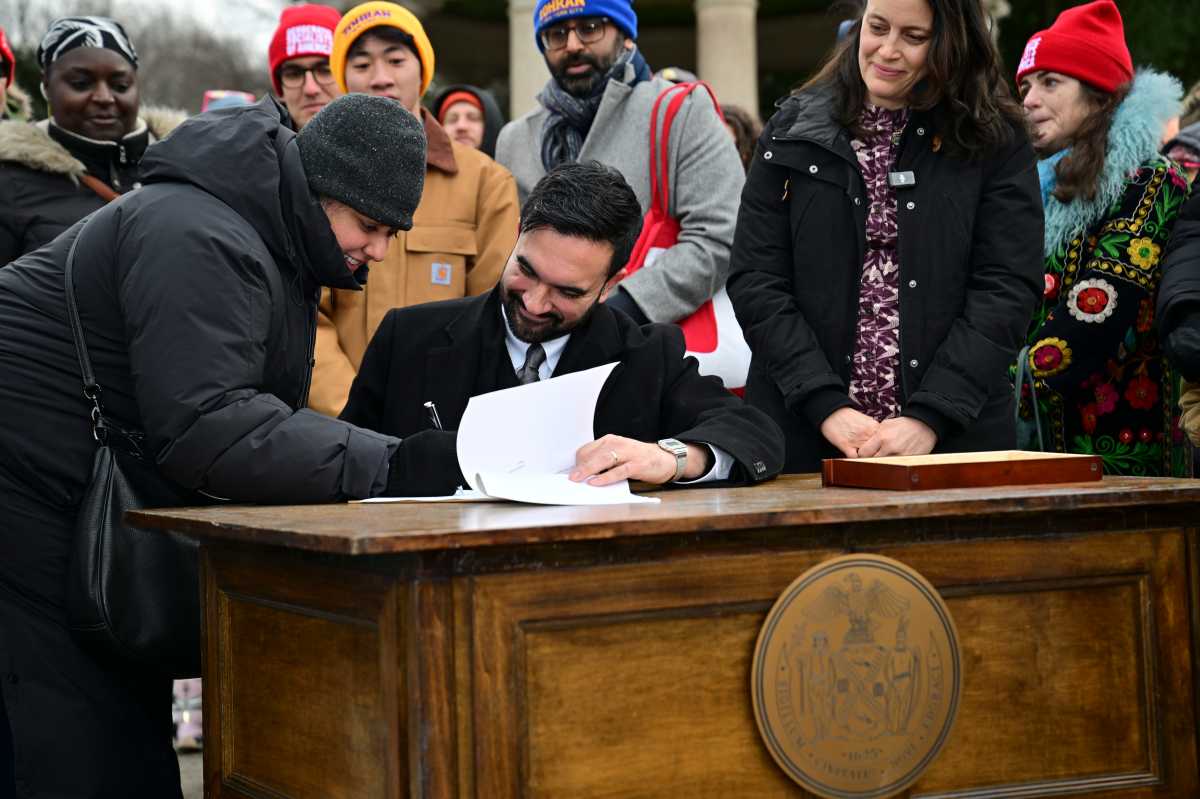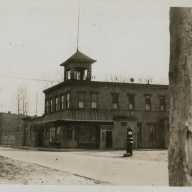The Board of Education has requested an additional $49 million to establish an "early grade class size initiative" to limit 60 percent of kindergarten to third grade sizes to 20 students, starting fall 1998, according to spokesman J.D. LaRock.
The Special program seeks to add 13,500 additional classroom seats and 800 new teachers into City’s school system by the year 2001. However, this expansion would have the greatest impact on Queens elementary schools, whose 137,000 pupils attending its 139 elementary schools now have the city’s highest pupil-to-teacher ratio.
The request came following the issuance of the Board’s 1997 "report card" which revealed that, despite their crowded classrooms, Queens third graders ranked among the city leaders in math and reading scores.
• Queens’ schools averaged the greatest improvement in reading skills, with S.D. 28 and 29 showing the greatest advances.
• With the exception of S.D. 24, all school districts exceeded the citywide math average.
• All school districts, with the exception of S.D.s 24 and 27, exceeded the citywide reading average.
The analysis also indicated that reading tests taken by Queens’ third to eighth graders, helped rank five of their schools in the City’s top ten. S.D. 26’s 20 schools had the highest reading score average in the City, and P.S. 196, in S.D. 28, averaged the highest reading scores in Queens.
The report is a detailed statistical analysis of third grade students’ ability to meet Statewide minimum mathematical and reading standards. Given in the spring of 1997, the test also evaluated the student-to-teacher ratio, and, in addition, each school is ranked numerically as to the reading ability of its third to eighth grade students.
The analysis also revealed some glaring problems. According to the report, Queens’ kindergarten to third grade classrooms are 11 percent more crowded than Manhattan’s elementary schools, and average 5.5 percent more students per classroom than the rest of the City’s elementary schools.
Further aggravating Queens’ current classroom population explosion is the State’s mandated establishment of a pre-kindergarten program into an already overcrowded school system, scheduled to start this fall. The program, scheduled to be phased in over the next four years, will require an additional 30,000 new seats and 2,100 teachers. City education officials call current funding and space allocations "dismally short."
Commenting on the pre-kindergarten program, S.D. 25 Superintendent Arthur Greenberg was even more emphatic. "We don’t have enough money, we don’t have enough information, and we certainly don’t have enough space," he said. Greenberg is president of the City’s superintendent’s association.
In submitting her expense budget priorities for fiscal 1999, Borough President Claire Shulman has already predicted, "The lack of adequate capital funding will exacerbate already overcrowded classrooms and will hinder our ability to facilitate reductions in class size." A particular priority of her budget is additional funds to recruit new teachers needed to reduce class size.
An angry Assemblyman Brian McLaughlin said that Queens children were getting the short shrift from the Board of Education. "It is absolutely essential," he said, "that the City and State recognize that teachers and classroom space are desperately needed in our community. That’s why I fought to pass the school bond act last year and that’s why we must continue the fight this year."
Echoing McLaughlin’s concern, hundreds of rain-coated parents huddled all night under canvas liners in a driving rainstorm last Sunday to register their children in for P.S. 25’s fall term kindergarten classes, in S.D. 29. With space for only 144 children, more than 200 anxious parents had no alternative but to line up Sunday night for the Beacon School’s Monday morning registration.































